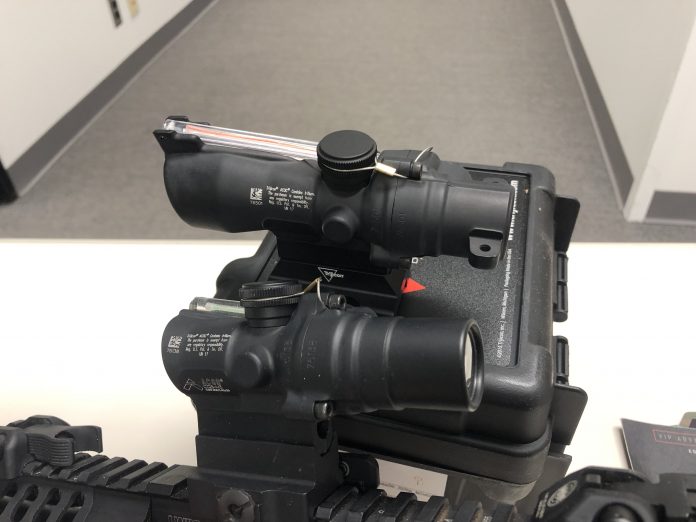
The Trijicon ACOG is not a new sight. The TA01 Advanced Combat Optical Gunsight was released in 1987 and gained acclaim, and wide adoption in the two decades after. By 2007 optics had become standard for first world militaries and mass adoption of sight platforms was proceeding. The United States Marine Corps acquired 115,000 sights after an evaluation of the optic in 2005 determined it was a high value add force multiplier fleetwide.
The ACOG line developed into a multitude of variations for service rifles, carbines, light, medium, and heavy machine guns. Trijicon’s nigh indestructible combat optic garnered a sterling reputation, but not quite flawless.
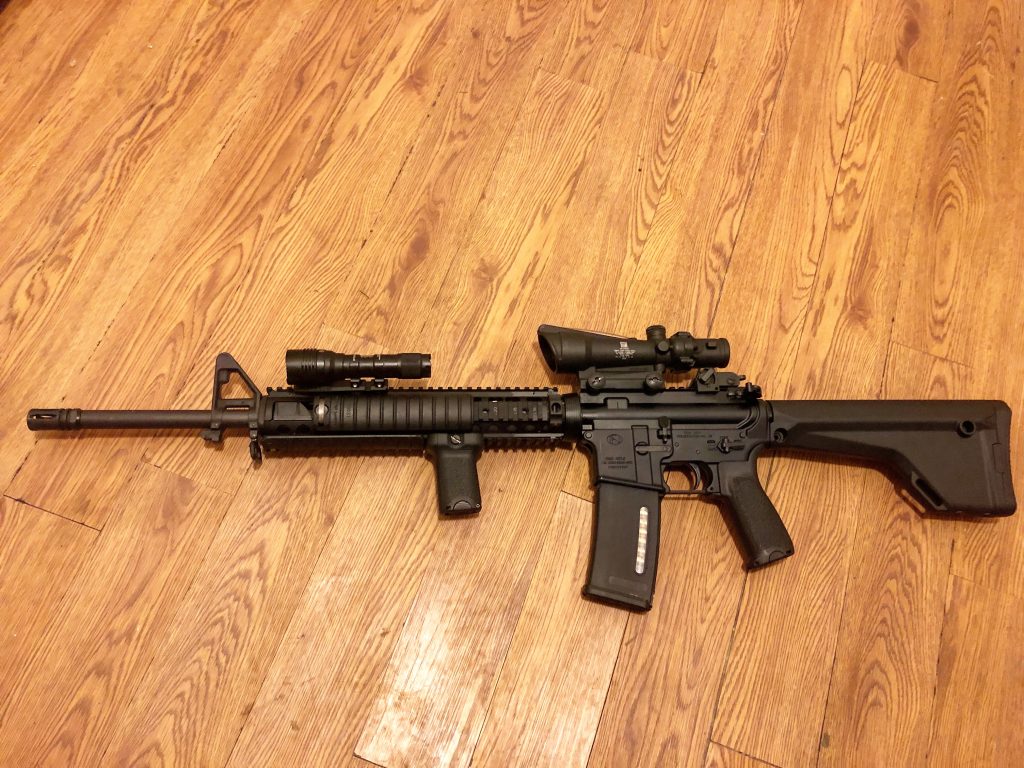
I gained an appreciation for the ACOG, especially the TA11 and TA31 models, which to this day I consider my preferred general purpose optic. I’m diving into the water of modernized LPVO’s and have plenty of red dot sights, both certainly serve their purposes. However, at this time, the ACOG is still my choice.
With dot optics rapidly advancing the ACOG’s deficiencies (namely eye relief) were starting to show through. The 4x and 3.5x standard sights were overkill in many mission respects. The ACOG was a well vetted jack-of-all purposes yet master of none, but shooters in many circumstances needed a more purpose fit optic.
The ACOG needed to evolve.
Introducing Gen 2
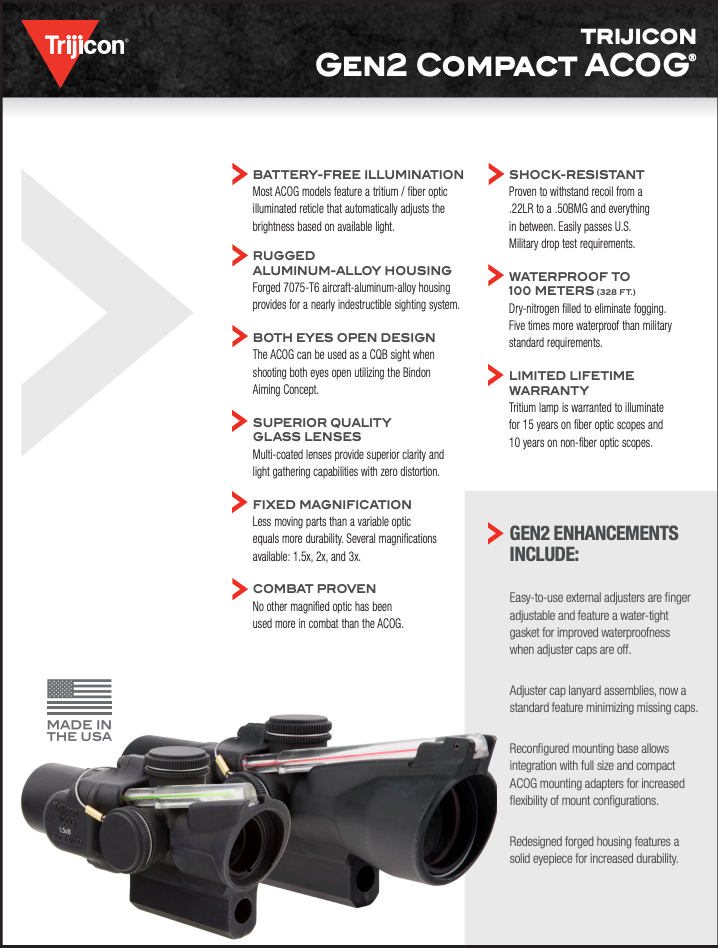
Trijicon released the Generation 2 Compact ACOG line with 5 added models. These new sights were smaller, stronger, more user friendly, and configurable. The Gen 2’s were designed to push the ACOG back into mission relevance in a field of optics and users that were heavily trending towards red dot sights and CQB focused equipment.
I’ve been using two of these models. The TA44 ACSS (a partnership with Primary Arms) and the TA50.
TA44
The TA44 is Trijicon’s direct address for what a sight like the Aimpoint CompM5 brings to the field. Small, robust, and reliable.
The TA44 ACSS is a 1.5x16mm gunsight. It sounds miniscule. It sounds ridiculously miniscule… until you use it.
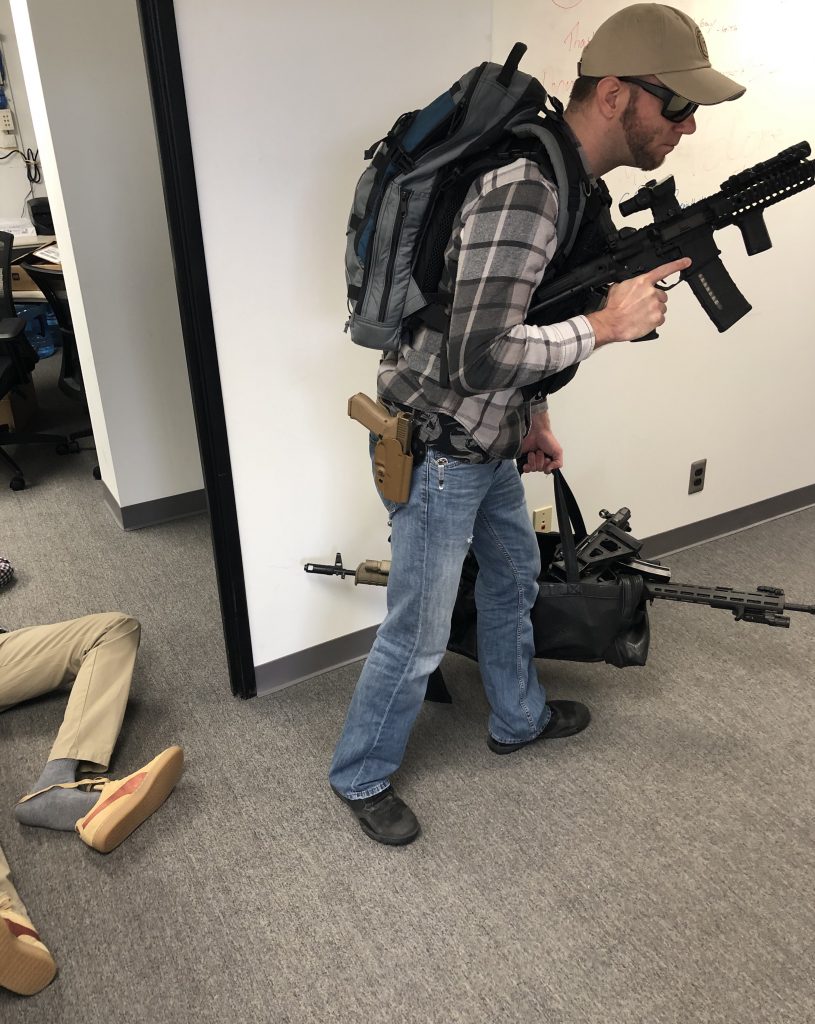
I have astigmatism, a very common ocular condition that alters how my eye processes light. There are varying degrees to the severity of astigmatism but one of the most common side effects, when it comes to the firearms world, is red dot sights blur. This can take a few forms depending on the quality of the sight and the projection within.
EOTech’s appear to have a fine haze to my eye. The Trijicon MRO has a four pointed starlike visage at most brightness settings. The Holosun and Aimpoint emitters seem to produce the least distorted optical image for my eyes but still ‘star’ a bit. None of the mentioned sights had a problem when it came to being usable or accurate, my eyes just don’t see the clean round 2 MOA dot being projected. There is always a level of distortion thanks to my eyeballs.
ACOGs don’t have this issue. The reticle in an ACOG is solid state, it’s a physical piece, not a projection. The astigmatic eyeballs that reside inside my skull can see a solid state reticle without the blur.
So when it came to finding an optic that could perform as well or out perform a good dot the TA44 stepped to the plate.
1.5x16mm
With only a 50% boost in target image size and an objective lens smaller than any dot sight… I was skeptical. But I trust Trijicon and the ACSS reticle developed by Primary Arms made this optic as an ideal candidate if it worked.
Work it does.
The TA44 is still a magnified optic and has an eye box (area behind the sight where you can clearly see an image) but the listed eye relief of 2.4″ is such a loose guideline its nearly laughable. You can acquire a sight picture rapidly from much further away. The 16mm lens collects ample light and transfers a clear crisp image to the shooter’s eye. A reduced length fiber optic pipe on the TA44 greatly mitigates the overbright tendency that the TA31 can suffer from, a trait that led to users adding electrical tape to the sight as an improvised brightness control.
The micro sized Gen 2 ACOG is exactly what I wanted out of an optic in the red dot role.
TA50
The TA50 surprised me.

How do I mean?
With this little Gen 2 ACOG I wasn’t expecting much. I certainly didn’t foresee having a spot for it the way the I had the TA44. The 44 does something new and fits a need that the TA31 and TA11 don’t. But the TA50 is a 3×24, putting it right in the same basket of 3-5x fixed combat gun sights with the two older ACOGs, both with long excellent records of performance.
The 50’s spec sheet wasn’t nearly as endearing either. With a 1.4″ listed eye relief coming in closer even than criticized the TA31. The field of view was also reduced in comparison to the TA31. The “advances” for the optic swap were a reduction of magnification by 1, a reduction in length by .8 of an inch, and the saving of 3.8 oz in weight. Nothing I couldn’t easily pass on.
But let’s give it a fair shot.
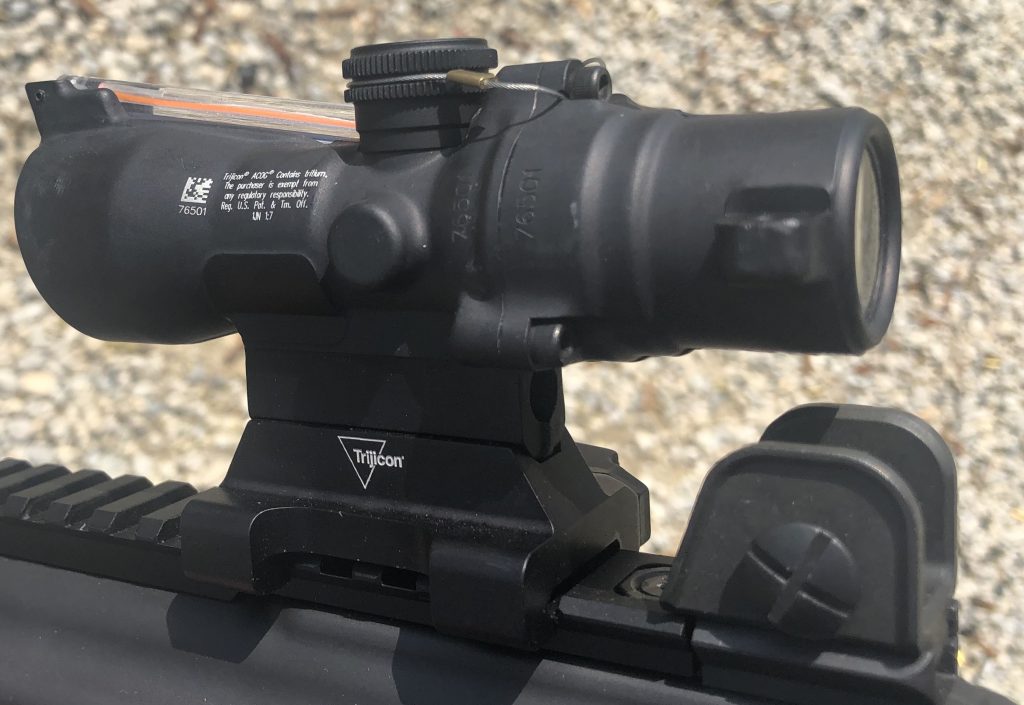
I clamped the sight on and went to work. The BOBRO mount makes that a one lever process without the tension tuning many other QD mounts require.
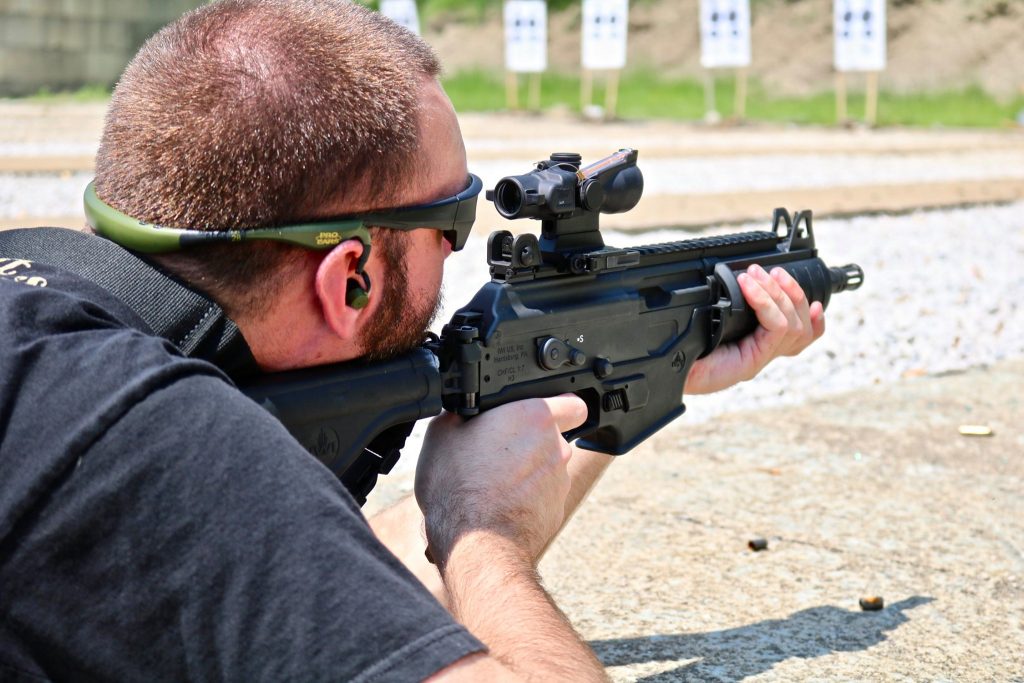
With the spec sheet I was expecting the TA50 to act like a smaller TA31, an optic I unashamedly like as is and it doesn’t need a clone. What I found was a micro TA11 instead, and the TA11 is a sight that could use a trim.
3×24
The TA11 (pictured above on the M16) is a phenomenal gunsight. It’s most lauded feature point was better eye relief for those not digging the TA31.
But the 11 is… thick… especially by today’s standards. 8 inches long and 14 ounces of forged aluminum put it as the 3rd largest of the ACOG line.
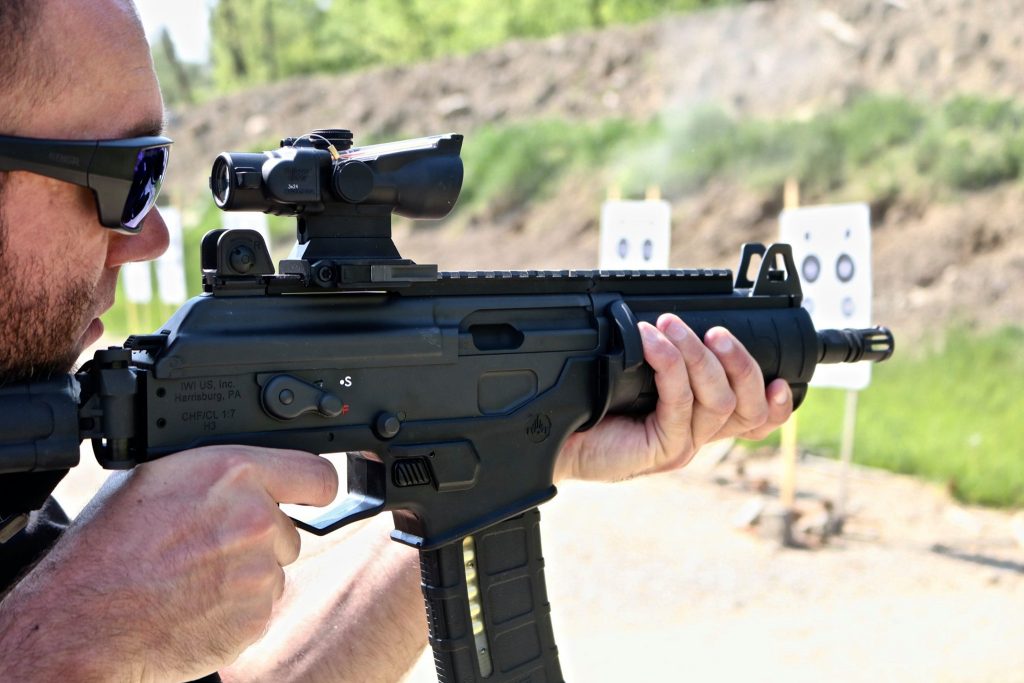
The TA50, like its little brother the TA44, and like I am discovering on the whole Gen 2 ACOG lineup, has the eye relief “guideline” posted at the close end. The eye box is smaller than the 44’s but comes up generously and feels like finding the TA11. Despite being listed as a tenth of an inch closer the eye box on the 50 is better than the 31.
This revamped the entire way I had been looking at the review. By making the TA50 the logical successor to the role the TA11 had been fulfilling, the sight makes perfect sense.
And damn did it shoot well.
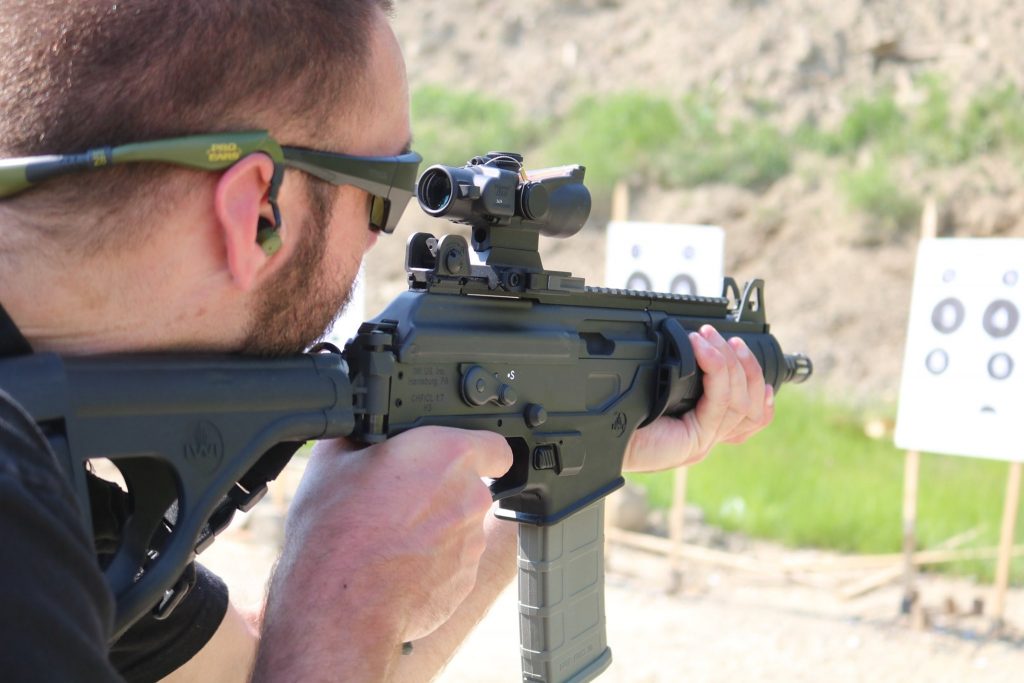
I put about 600 rounds under it on the ACE at a course. Then swapped it on over to my 12.5″ Aero
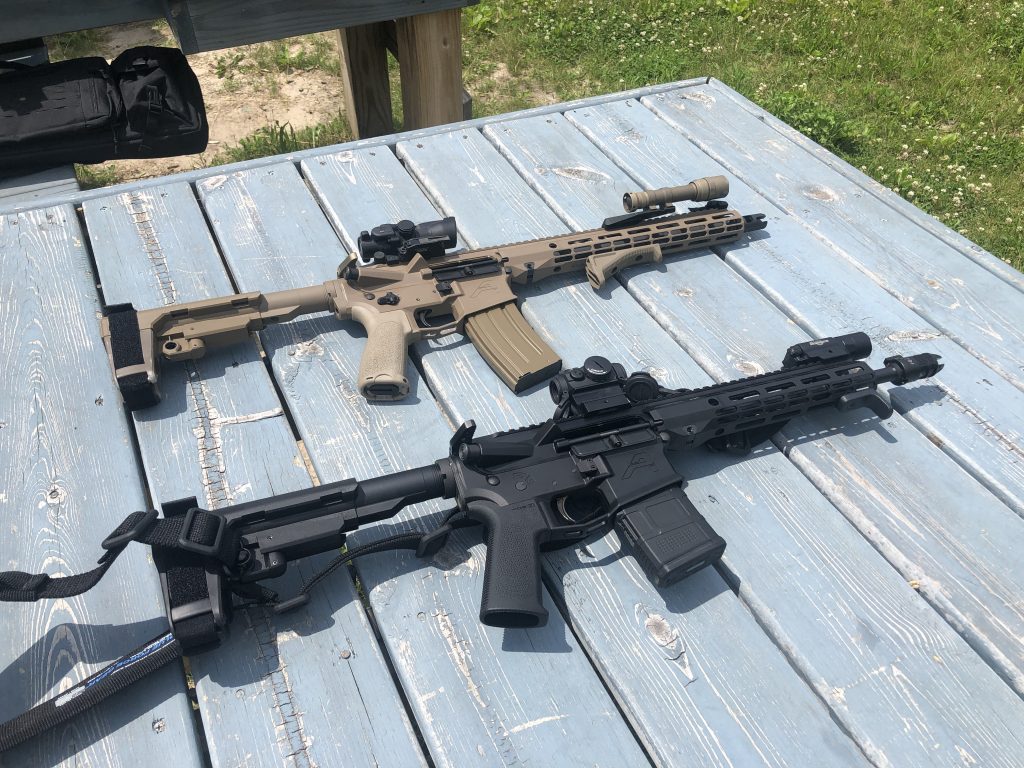
Another 600 down the pipe and I was sold. I pulled the TA44 from my M6 and put the TA50 in its place. The TA44 will now await the arrival of my X95 and my M6, an EDC Carbine designed in a “get me home from anywhere” type mindset, has greater observation and effective range. (For now… I have a tendency to play optical musical chairs on the guns)
Conclusions
TA44
The TA44, with the addition of the ACSS reticle, is a highly capable battery free CQB/reflex/red dot role gunsight. It’s light, durable, and retains the hands off ‘set it and forget it’ design that endears me to the ACOGs. It plays especially well with astigmatic eyes and using it with a white light will contrast the solid reticle nicely, avoiding washout.
Note: Green reticle has a tendency to be less visible in lower light and can washout in certain backgrounds, it excels in bright light.
TA50
The TA50 is exceptional in any role the older TA11 would be considered for. At 62.5% of the length and 43% of the weight of the TA11, sporting the same range of optical capabilities, the TA50 offers additional effective range and observation to users who want them. The size of TA11 might drop it from consideration, for smaller platforms especially, and the TA50 mitigates that concern.
Gen 2 ACOG’s
The 2nd Generation of Trijicon ACOGs successfully blend the traditional strengths of the older sights with the individual and agency requests for smaller, capable, durable optics. The lower magnification models in the 1.5x and 2x range effectively fulfill the rapid engagement roles intended for red dot optics while offering the user the advantage of magnification for observation and extending the effective range of equipped platforms. The Gen 2’s accomplish this with no additional complexity.
The 3x sight offers the desired features of the older models in a shorter and lighter housing, with easier controls than earlier sights, and features conducive to use on smaller platforms. The final offerings of low and high base models and a variety of aftermarket mount support mean the Gen 2’s can be easily added to most platforms on the market, even those that do not run on the AR height over bore standard offset.



